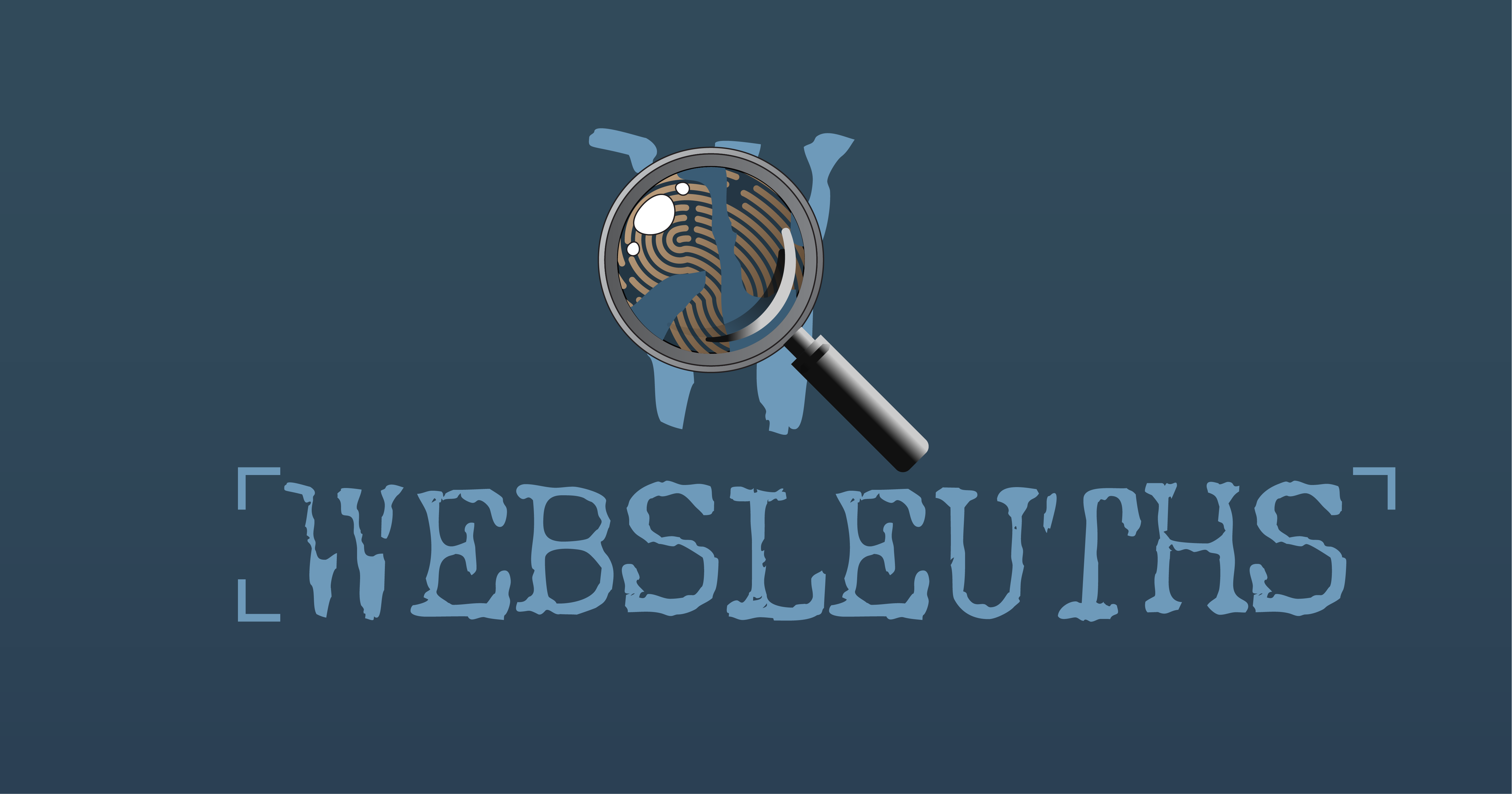Mr Myers turns to the case of Child B, Child A's twin sister.
Child B was born on June 7, 2015, weighing 1,669g. Mr Myers says Child B was born with antiphospholipid syndrome, as noted on a clinical note.
Mr Myers notes that, at birth, Child B was 'blue and floppy, poor tone, HR approx 50.'
Resuscitation efforts were required, with a series of inflation breaths. Intubation was successful after a couple of attempts, and Child B stabilised on the evening of June 7.
Mr Myers refers to nursing notes written retrospectively on the morning June 10.
Child B had desaturated to 75% 'shortly before midnight', with Child B's CPAP prongs pushed out of nose.
'Prongs and head reposition. Took a little while and O2 to recover. HR remained stable.'
'0030. Sudden desaturation to 50%. Cyanosed in appearance. Centrally shut down, limp, apnoeic. CMV via Neopuff commenced and chest movement seen...'
'Became bradycardiac to 80s. Successfully intuinated...and HR improved quickly. 0.9% saline bolus given and colour started to improve almost as quickly as it had deteriorated. Started to breathe for self...'
Lucy Letby says she does not have much recollection of the night shift for June 9-10, in respect of Child B.
A diagram shows Letby was in nursery room 3 for that night shift, looking after two babies. Letby says without that diagram, she would not have recalled who was doing what from that night.
Here is what the prosecution claims in opening:
Count 2: Child B attempted murder
Child B is the elder twin sister of Child A, born in June 2015. She required breathing support via a ventilator at birth.
Attempts to fit an umbilical vein catheter (UVC) twice failed, so a long line (IV) was inserted for fluids to be administered successfully.
Breathing support gradually lessened and Child B was stable.
A designated night-shift nurse was responsible for Child B. Shortly before midnight, the blood/oxygen levels had fallen to 75% and the Cpap nasal prongs were dislodged from Child B's nostrils. The nurse repositioned the prongs and the levels recovered.
Just after midnight, Letby started a bag of liquid feed with Child B, with the nurse, through an IV line.
At 12.16am Letby - while not Child B's designated nurse - took her blood gases.
About 28 hours after her twin brother had died, at about 12.30am, Child B's alarm sounded and Letby had called the nurse to the child's incubator. Child B was not breathing.
A crash call was put out at 12.33am, and resuscitation began. The nurse noted purple blotches and white patches all over Child B's body, and the heart rate had dropped.
In a witness statement three years later, Letby's colleague, the designated nurse for Child B, said she and Letby had been preparing antibiotics at the time of the collapse.
After efforts to resuscitate Child B, Child B "recovered very quickly".
A doctor subsequently found "loops of gas filled bowel".
The prosecution say this was a finding replicated many times in the upcoming cases.
Child B improved until being discharged the following month.
Letby police interview:
In police interview, Letby was asked about the circumstances regarding the connection of a liquid feed bag at 12.05am. She said she had looked at paperwork for the lipid syringe (an addition to the liquid feed bag to children not being given milk), and said the prescription was "not her writing" but "she had signed for it" and "ideally it should have been co-signed by somebody".
The rules are that two nurses have to sign for things administered to a baby.
Letby told police she had conducted observations on Child B, but the other nurse was the allocated nurse.
Letby also said it was the other nurse who had alerted her to the problem with Child B.
In a June 2019 police interview, Letby said it was her signature on the blood gas record at 12.15am, just before Child B collapsed.
The prosecution say this is an example of Lucy Letby signing the charts for a baby who was not her designated patient at a time just before the child collapsed.
In November 2020, Letby was asked by police about a handover sheet relating to Child B found at her home address in a search.
The sheet showed she had been the designated nurse for two babies in a different room that night.
Mr Johnson said: "Here you can see that we have twins who were born prematurely but in pretty good condition.
"No one expected them to face grave problems, yet both suffered unusual symptoms within a short time of each other which in interview Lucy Letby said were similar.
"The prosecution’s expert paediatricians say that the collapses and skin mottling were the result of air being injected into their bloodstream.
"The first injection caused the death of [Child A], the second the dangerous collapse of his sister.
"We say that there is no plausible alternative to an air injection [air embolus]. The fact that it happened in 2 cases just over 24 hours apart shows that these were no accidents.
"Lucy Letby was the only person present [with Child A] at the time he collapsed...and was in the room when the same happened to [Child B].
"We also say that you are entitled to look at the evidence of what happened to [Child A and B] in the context of one, what Lucy Letby did to other children and two, most starkly, her having poisoned [two other children] with insulin."
Recap: Prosecution opens trial of Lucy Letby accused of Countess of Chester Hospital baby murders
www.nhs.uk



